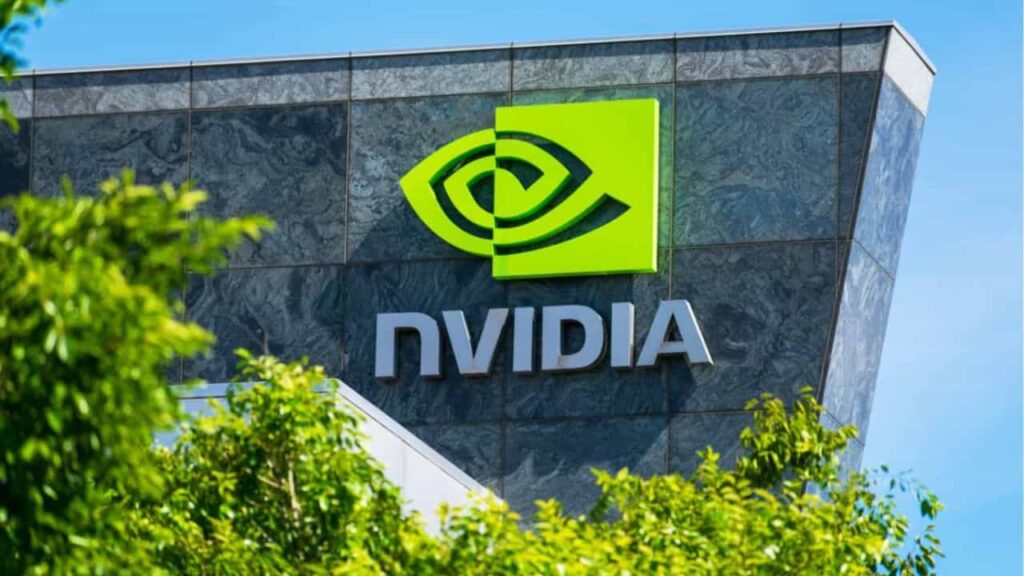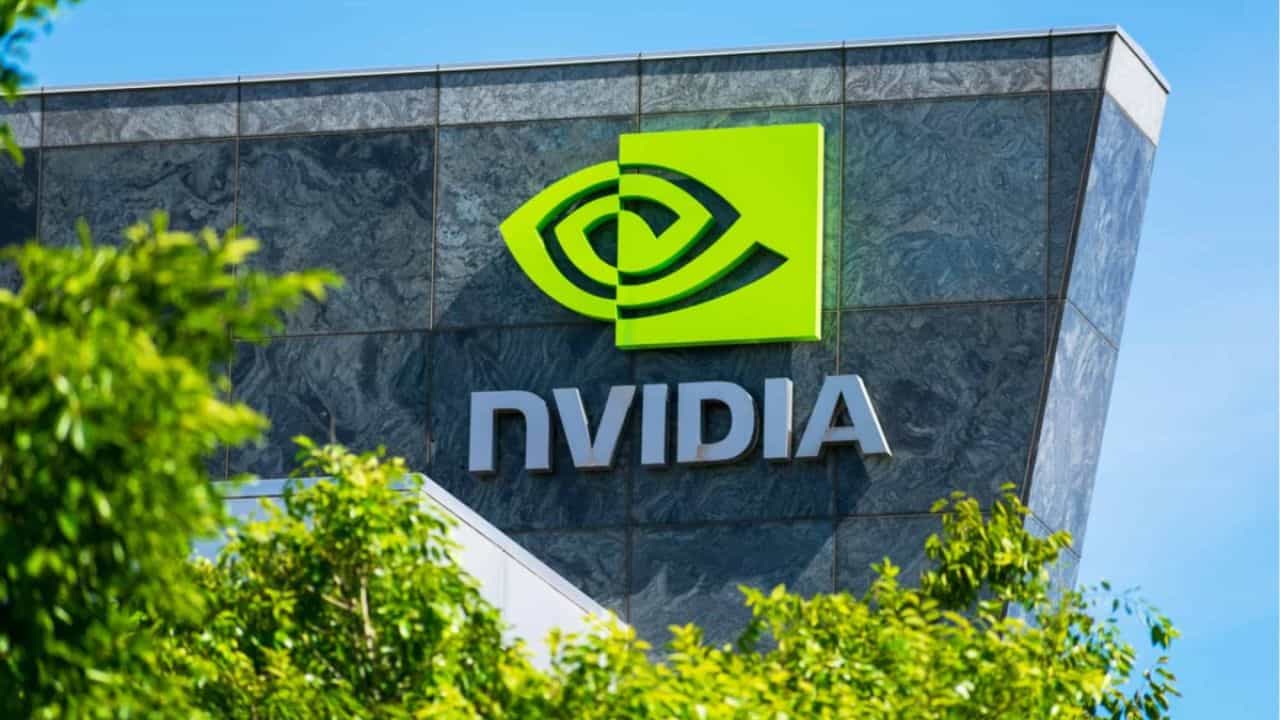Nvidia, AI giant, Jensen Huang, GPU, artificial intelligence, Nvidia history, Nvidia success, tech industry, AI revolution, gaming graphics, ChatGPT, Google Gemini, AI hardware, Nvidia revenue growth, AI factories
Discover how Nvidia transformed from a graphics pioneer to an AI giant, revolutionizing the tech industry with its groundbreaking GPUs. Learn about the company’s strategic innovations, leadership, and the pivotal role it plays in the ongoing AI boom.

How Nvidia Became an AI Giant: The Journey from Graphics to Artificial Intelligence
Nvidia, the tech behemoth now valued at over $3.2 trillion, stands as a testament to the transformative power of innovation in the tech industry. Known primarily for its dominance as a chipmaker, Nvidia’s journey to becoming the poster child of the artificial intelligence (AI) boom began in an unlikely place—a Denny’s diner in San Jose in 1993.
The Humble Beginnings
In 1993, three engineers—Jensen Huang, Chris Malachowsky, and Curtis Priem—met at a Denny’s in San Jose, the heart of Silicon Valley. Their mission was to discuss the development of a computer chip that would revolutionize graphics for video games, making them faster and more realistic. This conversation laid the groundwork for what would become Nvidia.
The Inception of the GPU
Nvidia’s breakthrough came in 1999 with the invention of the graphics processing unit (GPU). This innovation catalyzed the growth of the PC gaming market and redefined computer graphics. The GPU was initially designed to enhance gaming experiences by rendering graphics more efficiently. However, its architecture proved to be highly versatile, paving the way for applications beyond gaming.
Transition to AI
The shift from gaming to AI was a strategic move that set Nvidia apart from its competitors. Jensen Huang, Nvidia’s CEO, foresaw the potential of GPUs in handling AI tasks long before AI became mainstream. According to Daniel Newman, CEO of The Futurum Group, Huang has been advocating for accelerated computing for over a decade, positioning Nvidia at the forefront of AI development.
The Role of GPUs in AI
Nvidia’s GPUs are integral to the company’s success in AI. These specialized chips are designed to perform AI tasks faster and more efficiently than general-purpose CPUs. They excel at handling parallel processing tasks, which are crucial for training AI models. This capability has made Nvidia’s GPUs indispensable for various AI applications, including generative AI chatbots like ChatGPT and Google’s Gemini.
Strategic Leadership and Innovation
Nvidia’s early investment in AI technology was a gamble that paid off. By recognizing the potential of GPUs for AI tasks, Nvidia carved out a market that previously did not exist. The company’s ability to adapt and innovate has been a key driver of its success. Chirag Dekate, a VP analyst at Gartner, highlights that Nvidia’s deep innovation engine dates back to the early 2000s, allowing it to lead in AI hardware and software development.
The AI Boom and Market Leadership
As AI technology advanced, so did the demand for Nvidia’s GPUs. Tech giants and startups alike sought Nvidia’s hardware to power their AI applications. This surge in demand has driven Nvidia’s exponential revenue growth. Analysts predict that Nvidia’s revenue for the fiscal year ending in January 2025 will reach $119.9 billion, doubling its revenue from the previous fiscal year and quadrupling that of the year before.
The Creation of AI Factories
On a recent conference call, Jensen Huang discussed the future of AI, envisioning companies building new types of data centers known as “AI factories.” These facilities would leverage Nvidia’s GPUs to train AI models more efficiently. Huang emphasized that AI models are becoming increasingly multimodal, capable of understanding text, speech, images, video, and 3D data, as well as reasoning and planning.
Collaborative Efforts and Broader Impact
Nvidia’s success is also attributed to its collaborative efforts with other tech giants and its strategic acquisitions. By partnering with companies like Apple and investing in startups, Nvidia has positioned itself at the center of the AI revolution. These collaborations have expanded Nvidia’s influence and integrated its technology into a wide array of products and services.
The Future of AI and Nvidia
The rapid growth and development of AI signify the beginning of what many, including Huang, consider the next industrial revolution. Nvidia’s pioneering work in AI hardware and software has set the stage for future advancements. As AI continues to evolve, the demand for Nvidia’s GPUs is expected to rise, further solidifying its position as a leader in the tech industry.
Conclusion
Nvidia’s journey from a conversation at Denny’s to becoming an AI giant is a story of visionary leadership, strategic innovation, and relentless pursuit of excellence. By identifying the potential of GPUs for AI tasks early on, Nvidia not only transformed the gaming industry but also revolutionized artificial intelligence. As we enter what many call the “Golden Age” of AI, Nvidia’s role in shaping the future of technology remains pivotal.
its success. As Nvidia continues to lead the way in AI, its influence on technology and society is set to grow even further.
Read More
